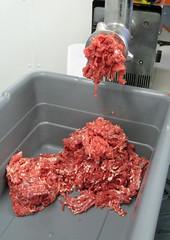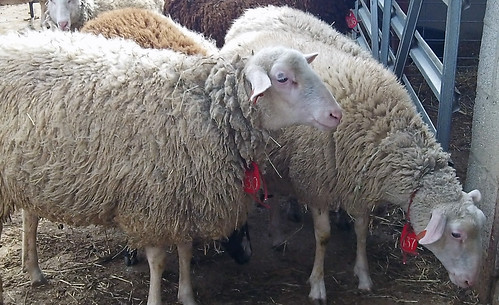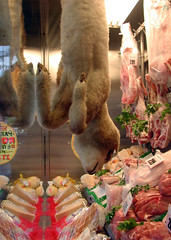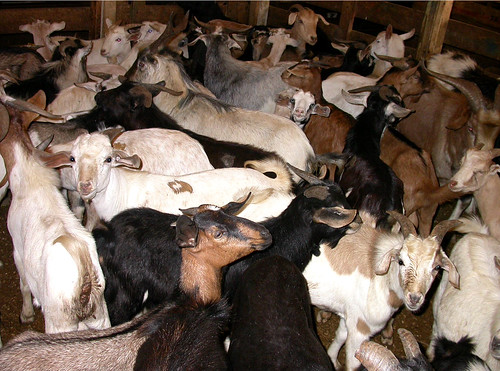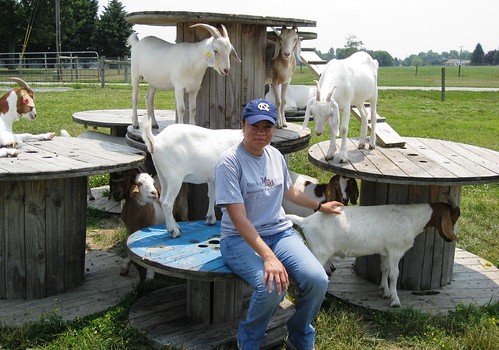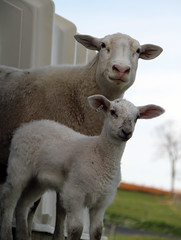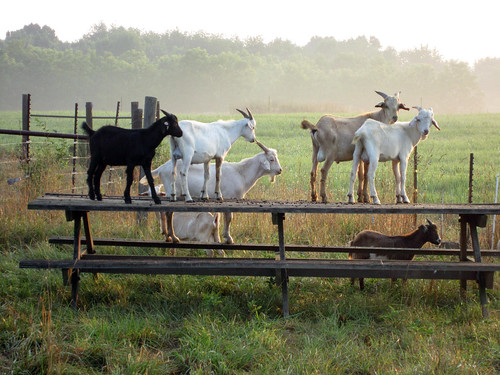Many sheep and goat producers are quick to credit their ram or buck when they have a significant number of multiple births (twins and triplets) born. But, they are giving credit to the wrong animal.
The dam determines the maximum number of offspring that can be born via her ovulation rate. If she only ovulates one egg, there's not much the male can do to turn that single ovulation into twins, although sometimes a fertilized embryo will split, resulting in the birth of identical twins.
One way the male may contribute to the incidence of multiple births is through the viability of the conceptus (embryo). Research has identified differences in embryo survival among different sire lines. Thus, females bred to a male with high embryo survival will give birth to more offspring than females bred to a male with low embryo survival (all other factors being equal).
What the male does determine is the sex of the offspring. Females have two of the same kind of sex chromosomes (XX), whereas males have two distinct sex chromosomes (XY). Whichever sex chromosome the male contributes will determine the genetic sex of the offspring: XX (female) or XY (male).
At the same time, there are various maternal factors that can affect the sex ratio of offspring. The "default" sex is female. Theories suggest that females in better body condition will produce more male offspring and that wild animals can adapt the sex ratio to enhance survival of their species.
While reproduction is complicated, for the most part, the female determines the number of offspring and the male determines the sex of the offspring.
The dam determines the maximum number of offspring that can be born via her ovulation rate. If she only ovulates one egg, there's not much the male can do to turn that single ovulation into twins, although sometimes a fertilized embryo will split, resulting in the birth of identical twins.
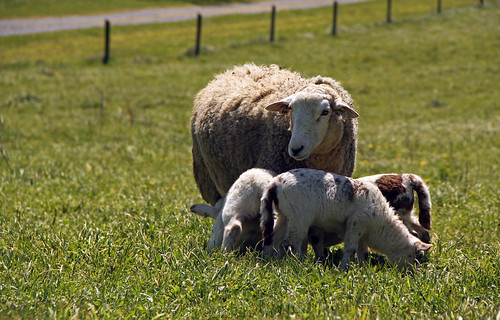 |
| The female (dam) determines the number of offspring. |
One way the male may contribute to the incidence of multiple births is through the viability of the conceptus (embryo). Research has identified differences in embryo survival among different sire lines. Thus, females bred to a male with high embryo survival will give birth to more offspring than females bred to a male with low embryo survival (all other factors being equal).
What the male does determine is the sex of the offspring. Females have two of the same kind of sex chromosomes (XX), whereas males have two distinct sex chromosomes (XY). Whichever sex chromosome the male contributes will determine the genetic sex of the offspring: XX (female) or XY (male).
 |
| The male (sire) determines the sex of the offspring. |
At the same time, there are various maternal factors that can affect the sex ratio of offspring. The "default" sex is female. Theories suggest that females in better body condition will produce more male offspring and that wild animals can adapt the sex ratio to enhance survival of their species.
While reproduction is complicated, for the most part, the female determines the number of offspring and the male determines the sex of the offspring.


